Caring for your feline friend involves more than just providing a loving home and regular meals. The way you store your cat’s food plays a crucial role in maintaining its freshness and nutritional value. In this guide, we’ll explore effective methods for storing cat food to ensure your furry companion enjoys every meal to the fullest.
The Importance of Proper Cat Food Storage
Before delving into storage methods, let’s understand why proper storage is essential. Cat food, both dry and wet, is formulated to provide essential nutrients. Improper storage can compromise these nutrients and even lead to spoilage, affecting your cat’s health and enjoyment of meals.
Storing Dry Cat Food
Dry cat food typically comes in sealed bags. The original packaging is designed to keep the kibble fresh by protecting it from air and moisture. Reseal the bag after each use and store it in a cool, dry place.
For added protection, transfer dry cat food to airtight containers. These containers prevent exposure to air, which can lead to oxidation and a decline in food quality. Make sure the container is clean and dry before pouring in the kibble.
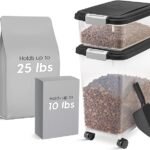

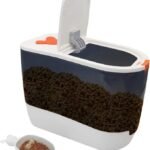
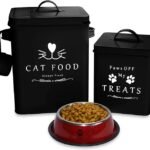
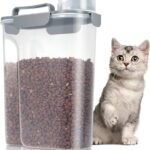
Sunlight can accelerate the breakdown of nutrients in dry cat food. Store the food in a dark place, such as a pantry or cupboard, away from direct sunlight.
Always check the expiry date on the original packaging and containers. Using expired cat food can result in a loss of nutritional value and potential health risks for your cat.
Storing Wet Cat Food
Once opened, refrigerate any unused portion of wet cat food immediately. Cover the can or transfer the food to a sealed container. Refrigerated wet cat food should be consumed within two to three days.
If you buy cat food in cans, consider portioning it into smaller servings. This helps reduce the frequency of opening and closing the main container, minimizing exposure to air.
Invest in sealed containers designed for wet cat food. These containers are airtight, keeping the food fresh for a longer duration.
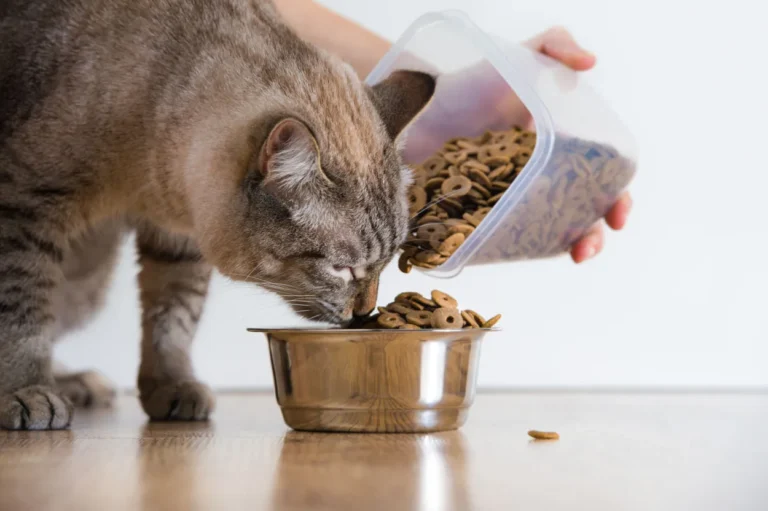
Consider using cat can food covers for opened wet cat food cans. These covers are designed to fit securely over standard cat food cans, providing an airtight seal. This extra layer of protection helps keep the food fresh for a longer duration. Ensure that the cat can food cover is clean before each use to maintain optimal hygiene.
Keep the refrigerator temperature consistent. Fluctuating temperatures can affect the quality of wet cat food. Maintain a temperature of 40°F (4°C) or lower.
Special Considerations
If you purchase cat food in bulk, consider freezing portions in sealed bags. This can extend the shelf life of the food. Ensure proper thawing before serving.
Practice the “first in, first out” rule. When restocking cat food, place newer bags or cans at the back, ensuring that older items are used first.
Mini Fridges for Cat Food Storage
As cat parents, we always seek convenient solutions to enhance the well-being of our pets. Mini fridges offer an excellent option for storing cat food, especially wet food that requires refrigeration.
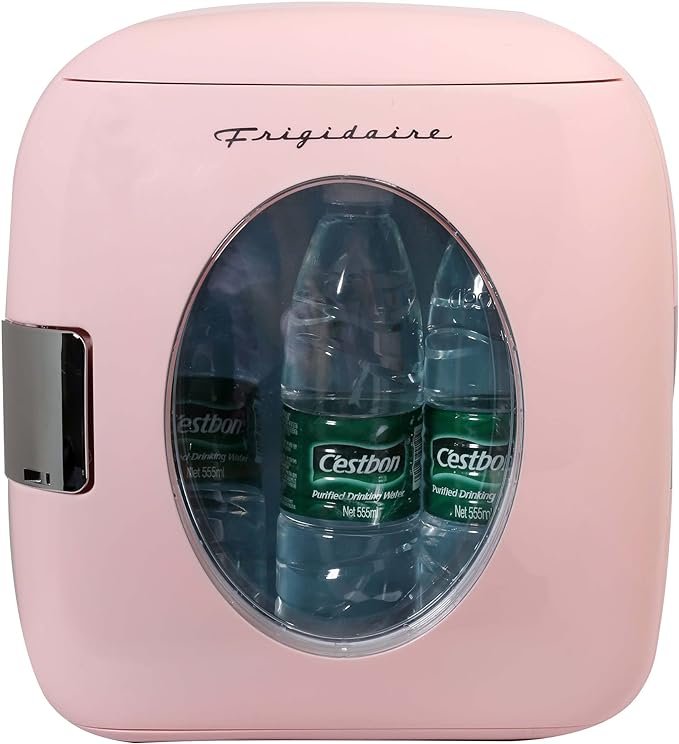
FRIGIDAIRE
- Environmentally friendly thermoelectric cooling.
- Compact size for easy placement in any room.
- Suitable for storing wet cat food cans.
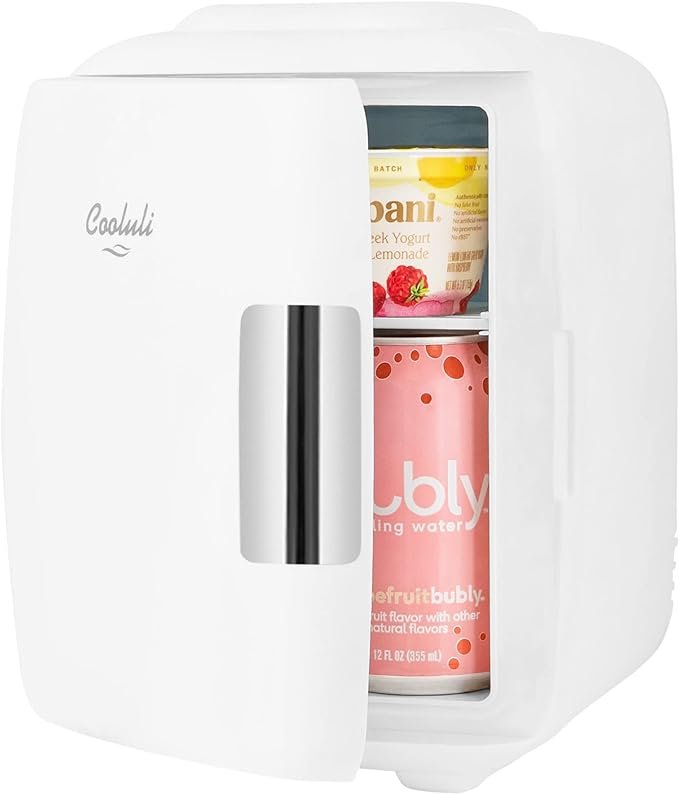
Cooluli
- Compact and portable design.
- Ideal for storing small portions of wet cat food.
- Adjustable thermostat for temperature control.
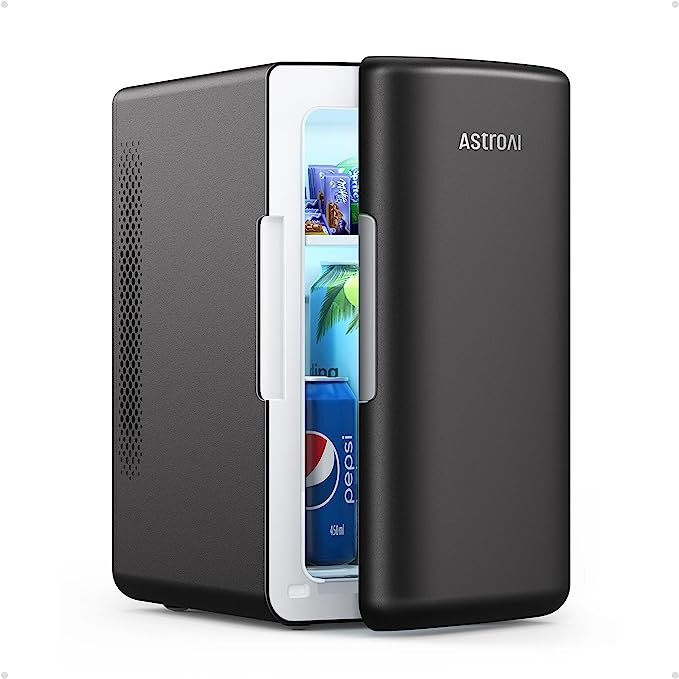
AstroAI Mini Fridge
- Energy-efficient and quiet operation.
- Equipped with both cooling and warming functions.
- Suitable for storing wet and dry cat food.
Conclusion
Properly storing your cat’s food is a simple yet impactful way to ensure they receive the nutrition they need. Whether you’re safeguarding dry kibble or refrigerating wet food, the methods discussed in this guide contribute to the overall health and happiness of your feline friend. Consider incorporating a mini fridge into your storage routine for added convenience and peace of mind, making each meal a delightful experience for your cherished cat.

